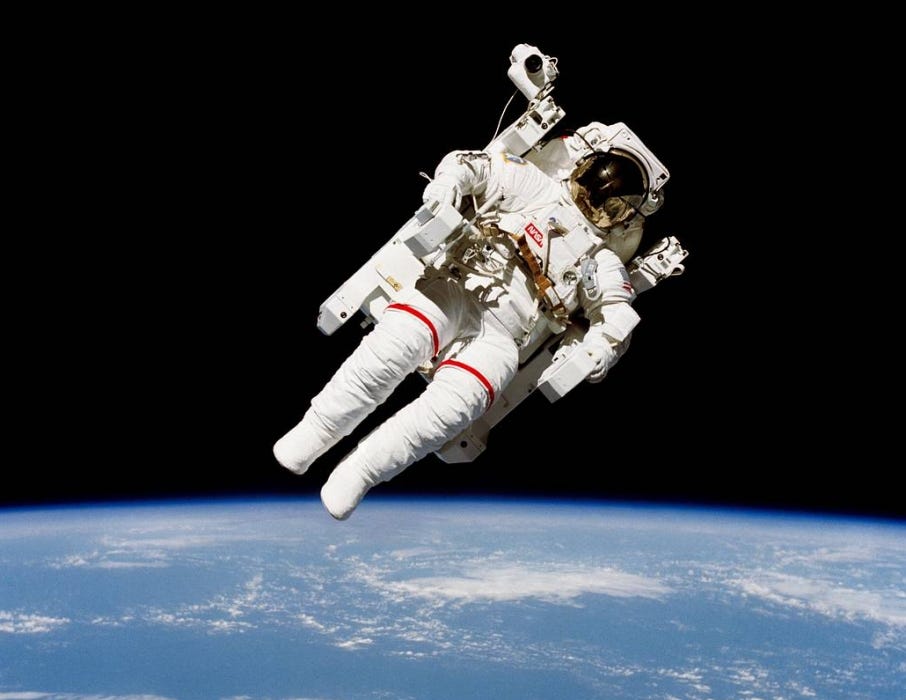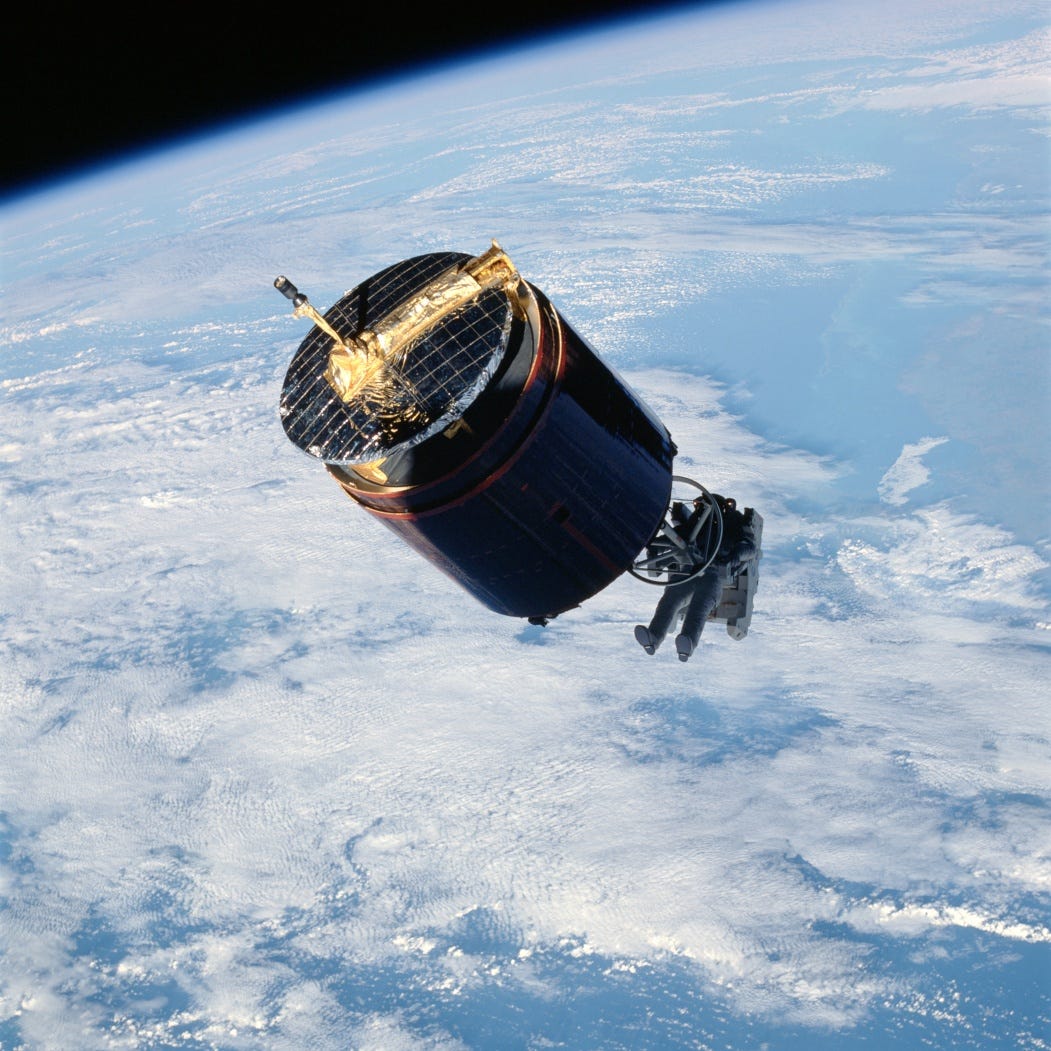
All images in this article courtesy of NASA.
I really don’t like addressing issues such as this since I want to believe that the American space program is run by the country’s best and brightest. I have documented other image issues from the Apollo program and it is clear there was manipulation occurring. Photographic expert Jack White also did some pioneering work in this regard. Which raises the question—if they actually did these epic feats why did they have to fake photos and film footage? It apparent from myself and other researchers they did.
Let me state for the record that if men went to the moon and returned safely it was completed under the authority of the Department of Defense. The DOD and its contractors have the largest trove of technology anywhere in the world and much of it is held in secrecy. With the disclosure of the Space Force branch we now know that there are secret space programs being utilized. What their missions are basically unknown.
In hindsight, while the technology shown in the late 1960s looked amazing, here in the 21st century NASA technology has lost its shine. The onboard flight computer, using rope memory, had 32k of ram in it. The computing power of a cell phone or even a video game console is infinitely more powerful. It was so slow it took 15 seconds to clear the cache. And more importantly, it was not autonomous. Something that is unthinkable now.
The purpose of the MMU was to allow astronauts to float free of the space shuttle without being restricted by a tether. As things later turned out, they went back to the tether and ended up wasting millions of dollars on development and deployment. But why? Mostly likely due to issues explained below. Issues of which, NASA has never been forthcoming on.
The Problems
The iconic image of astronaut Bruce McCandless floating in space with earth as a backdrop is quite famous. An example of NASA technological prowess. Nobody had ever seen anything like it before. The Manned Maneuvering Unit (MMU) was to allow astronauts great mobility without being tethered. The image was made from the shuttle Challenger in 1984, just two years before it was destroyed after launch in 1986. The MMU seen in this picture was onboard and destroyed as well. A few years later these units were retired from service with NASA stating they were too risky. However, there may have been other reasons not shared with the public.
In a deeper look at this image, I started to consider other factors regarding how it was made. The astronaut is not tethered and is clearly seen outside of the shuttle and not tethered.
An issue arises with how this was accomplished since the MMU cannot coast by the side of the shuttle. NASA’s own document on the MMU states its thrusters can propel it 66 feet a second, which computes to 45 miles per hour. The MMU featured 24 nitrogen thrusters each producing 1.4 pounds of thrust for a total of 33.6 pounds of thrust (link below). Meanwhile, the space shuttle’s orbital speed is over 27,404 feet per second, or 17,500 (28,163.52 km) miles per hour. Clearly, the MMU’s thrusters do not have the power needed to keep up with the Space Shuttle. An astronaut in the MMU would be left behind. Stranded.
The MMU is in effect, useless and would only be used for two other missions.

Was the shuttle parked? Everything I have read about this “history making” mission states the Challenger was in orbit at 17,500. So it was always in motion and at high speeds. It didn’t need to slow down to dock with the International Space Station (ISS) because they were both going the same speed.
The Red Pill
Uncovering this was like a red pill experience! I’ve had several. Such as discovering on two connecting flights that the conspiracy guys on the internet were right—cell phones can’t make the handshake while at cruising altitude. No call will go out. So how were calls being made from aircraft on 9-11? That’s a topic for another article.
What NASA is showing it has no principles when attempting to fool the world. It’s a public relations stunt. It now appears the real reason for withdrawing the MMU from service was due to its impractical use. It was only used three times. It was safer and more efficient to use the shuttle’s robotic arm and the tether for astronauts working in space.
It also shows how well NASA could use models, green screens and early CGI. Green screens (formally blue screens), better known by the trade name, Chroma Key, had been around as far back as the 1930s and were widely used in movie production. George Lucas made use of it in 1977 making Star Wars. Take a look at the CGI movies from 1984, such as Terminator and the quality still holds up.
Capturing Satellites
Once again there is a speed issue. The average speed of a satellite in orbit is 17,000 miles per hour (27358.848 km). And once again the MMU cannot travel fast enough to catch up. Unless as stated earlier, the shuttle was parked as would be the satellite. There is no record of these being the case. The image below of a successful retrieval can not be real.
As seen in this image, if the MMU works so well for grabbing a satellite for maintenance, why dump it and return to tethering and the robotic arm? Most likely for reasons all ready stated. Or else NASA was using Black Budget technology.

In Closing
It seems impossible for the MMU to have been utilized in the manner NASA claims. The high rate of space shuttle speed contrasting with the relatively slow speed of the MMU just wouldn’t have worked together at all. If they could have slowed the shuttle to an orbital park, then it does work. But they can’t. They never developed a braking system and the main engines didn’t support reverse thrust. They did slow the shuttle’s speed down for reentry by using thrusters to rotate the orbiter 180 degrees, fire the main engines which would bleed off several thousand miles per hour. Even still, it wouldn’t be slow enough to use the MMU outside of the shuttle.
Many science and technology journalists articles might as well be press releases due to the favorable coverage they give NASA. They question nothing. It’s a shame to see critical thinking so rarely applied.
It was in effect, a PR stunt to make NASA appear cutting edge and relevant so when budget talks began they would have the funds to complete other missions and goals.
Endnotes
6.10.24
The Smithsonian magazine website on May 8, 2024 posted an article, The Inside Story of the First Untethered Spacewalk by Adam Higginbotham, which is an excerpt from his book on the Challenger. What caught my eye was the writer stated that when Bruce McCandless left the Shuttle’s cargo bay with the MMU he was traveling in space at 23 times the speed of sound. Since the speed of sound is 767 mph, 23 times would be 17,641. Think about it—how can nitrogen thrusters accelerate from 0 to 17,641 MPH in just a few seconds? That is faster than the Shuttle in orbit! What would the G forces on an astronaut do? What Higginbotham proposes here is impossible. As stated above, the thrusters on the MMU only produce 33.6 pounds of thrust, hardly enough to generate this massive velocity.
Do these journalists actually read NASA’s documents? One can easily download the manual to the MMU and read the facts regarding this device and how it couldn’t have been of practical use. No wonder NASA only used it for three missions and moved on.
Sources
NASA MMU user’s guide
https://ntrs.nasa.gov/api/citations/19790008382/downloads/19790008382.pdf
My video presentation on the MMU
https://www.youtube.com/watch?v=zUAliboA5rk
NASA footage of MMU
History of Chroma Key (green screen)
https://en.wikipedia.org/wiki/Chroma_key
Shuttle orbital speed
https://oktrails.rcs.ou.edu/answers/3374903-the-endeavor-a-space-shuttle-has-speeds


